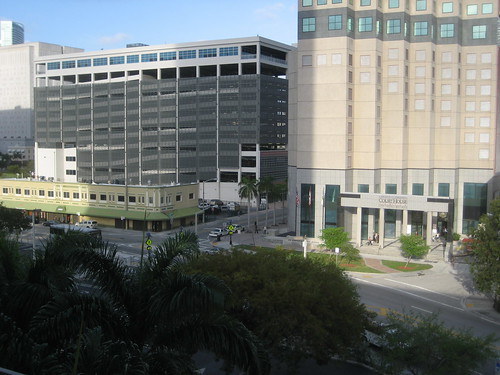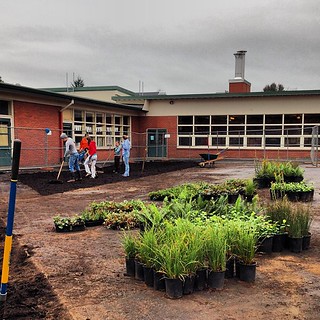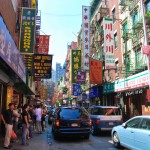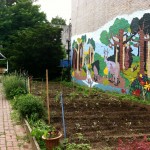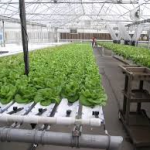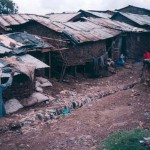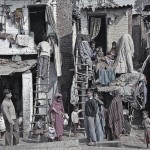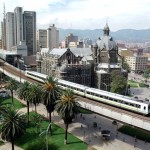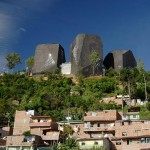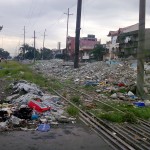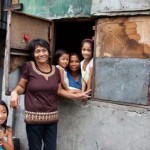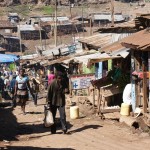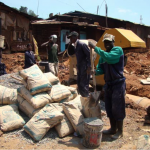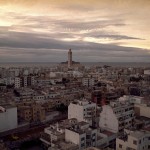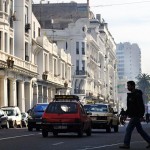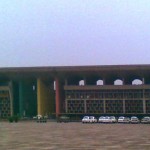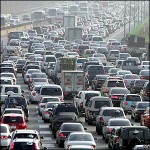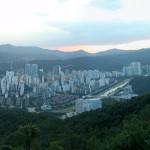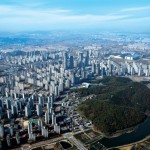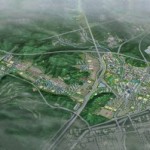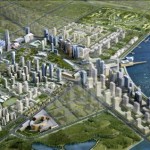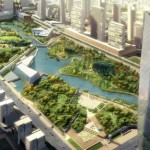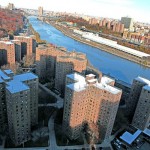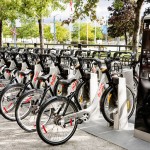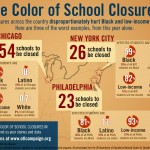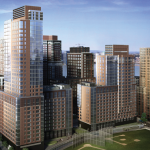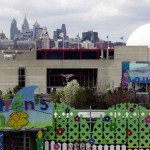At the beginning of the fall 2013 semester students shared their ideas of damaged and ideal places from around the world. The end of the semester yielded as rich a variety of reflections on urban planning. Student teams produced 11 blogs that represent the culmination of individual and group research on planning-related topics. At the end of the semester, students in CRP 2000 completed 11 blogs with a combined total of 86 blog entries!
Here are descriptions of blogs. Many students opted-in to share their blog entries on the CRP 2000 course blog. I will be featuring these articles over time. Check back regularly for links to these blog entries.
All About Parking examined the way parking has “shaped and is currently still shaping the social, economic, and aesthetic environment of cities.” The blog took a critical look at parking and potential visions for the future of cities and parking. The authors describe how parking defines Miami, parking versus traffic violations, the future adaptation of parking lots and parking garages, off-street parking reuse and the re-activation of underutilized parking lots, offset parking, and park-and-rides.
Cultural Landscapes was an extensive exploration of the concept of cultural landscapes and how the concept can enrich contemporary planning. Other blog entries included focus on the politics behind the production of Manhattan’s Chinatown, preserving cultural landscapes in Old Jerusalem, the vernacular uses of public space, planning lessons from Persian private gardens, among other topics.
The authors of Deserted in the City focused on topics related to food security and food access. The blog aimed at addressing questions such as: “Why isn’t the current food system adequately serving populations? How might the structuring of our food system perpetuate urban food deserts? Does the local food movement show any promise in providing greater food access? What are the negative health and social impacts of food deserts on communities?”
Incorporating Sustainability into Urban Planning highlighted “strategies for improving sustainable practices as a way to minimize the environmental impact of cities and improve our ability to preserve resources for future generations.” Topics included reduction of automobile dependence, green roofs, zero waste policies, mixed use development, among other strategies. Case studies included water supply management in Mexico City; sustainability in Freiburg, Germany; and bus rapid transit in the developing world.
Informal Living was dedicated to “issues concerning slums, including–but not limited to–violence, politics, economics, social conditions, health, transportation, upgrading, and redevelopment.” The blog covered informal settlements in urban areas throughout Latin America, Asia, and Africa. The authors included the mixed successes in planning and policymaking.
In the blog Modernity and Planning in the Developing World, the authors grapple with various notions of modernity: “Urban planning nearly inevitably comes into contact with the notion of modernization – building modern cities that provide their residents with modern technology and a modern way of life. But what does it mean to be a modern city, or to modernize a city? What is the relationship between contemporary urbanism in the third-world and the modernist movement in architecture and town planning? And perhaps most importantly of all: how are these notions affecting the way that cities in developing economy are making planning choices, be they positive or negative?” They focus on three case studies in Casablanca, Morocco; Chandigarh, India; and the Maldives. This cases are used “to explore to what extent different notions of modernity and modernization are shaping the built and social environments of these locations.”
New Urban Development in Korea: Successes and Failures celebrated the promise of new satellite communities around Seoul. The authors write: “As the capital city of The Republic of Korea, Seoul has become the central urban city that represents South Korea’s rapid development and economic growth. From a city damaged by the Korean War in the 1950s, Seoul has been able to re-emerge as South Korea’s central city through effective reconstruction and compelling urban development. Locating the headquarters of many international companies such as Samsung and LG, Seoul has become a business center in Asia and has expanded many of its industries internationally. This rapid development has attracted nearly 23 million residents into Korea’s capital, resulting in the public development of surrounding suburban areas such as Bundang, Pangyo Dongtan, and Songdo. Although the new suburbs surrounding Seoul’s metropolitan area were planned for residential and commercial purposes, many unanticipated outcomes have branched from this suburban development. In our blog, we will explore this development, and the failures and successes of these new cities that had been recently planned and constructed. We will also examine the cities’ historical roots and its role and impact on the central city of Seoul.”
The Promise and Pitfalls of New York City Public Housing was an in-depth investigation of the state of public schools. The authors wrote: “This project is a compilation of research and analysis in regards to public housing systems of New York City and Boston. We analyzed the ramifications of federal and local policies on public housing systems and its residents; we compared and contrasted the public housing systems of the two cities through the lenses of the interactions between tenants and the housing authority as well as the impact of the Section 8 program in both cities. Finally we offer suggestions for improvement in the two distinct systems.”
The authors of Risky Business describing their blog as taking “a critical look at the causes and effects of climate change on the world’s most vulnerable cities. From Dhaka to New Orleans, we will uncover the tremendous damage caused by environmental disasters and the changing approaches to reduce the impact of greenhouse gas emissions. With a focus on coastal cities and those affected by drought, this blog aims to compare the strategies that different cities employ to mitigate the negative impacts of climate change. We will explore the intrinsic sustainability of cities in regard to accessibility, transportation, land use, and population density.”
Spelling Out Education was dedicated to the overlapping domains of education policy and urban planning. It sought to illuminate the state of education in the US as well as the unintended consequences of school siting policies, the struggle for educational equality, the safety of pedestrian and Safe Passage programs, among other topics.
Waterfront Redevelopment “reviews historical attempts and current trends in waterfront redevelopment and analyzes specific aspects of waterfront redevelopment. The blog includes specific case studies which focus on post-industrial cities of the Mid-Atlantic USA. Specific research includes land use and zoning trends (historical and contemporary), public vs. private use of land, and factors that determine the success or failure of recent waterfront redevelopment projects.”

